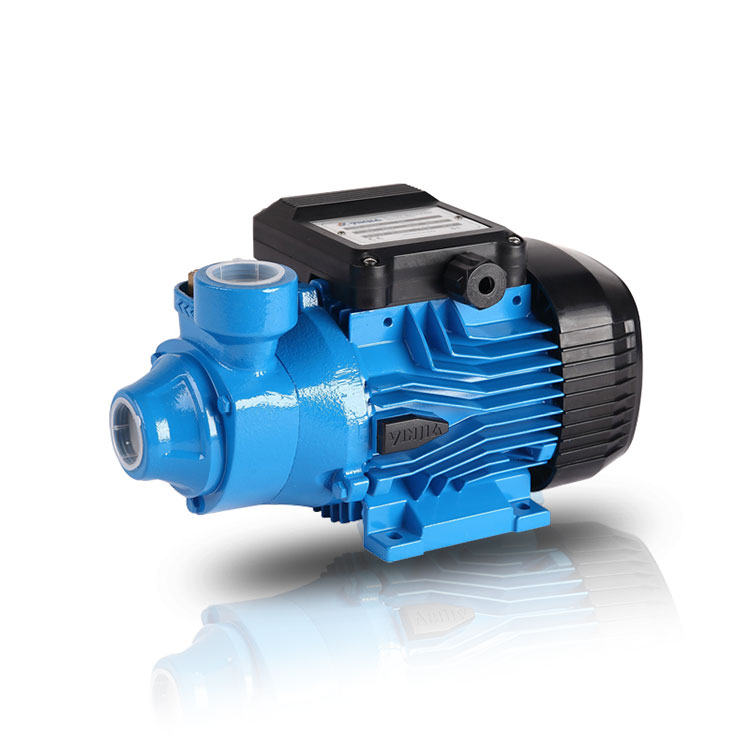Seamless Integration: Guidelines for Ensuring Pump Compatibility with Household Plumbing Systems
2024-01-15
Introduction:
Peripheral pumps play a crucial role in maintaining water circulation within households, and their compatibility with plumbing systems is essential for seamless integration. In this blog, we'll explore specific guidelines to ensure that a pump is compatible with different plumbing systems commonly found in households, offering homeowners insights into making informed decisions for efficient water management.
1. Understand Your Plumbing System:
Begin by understanding the plumbing system in your household. Determine whether you have a pressurized system, gravity-fed system, or a combination of both. The type of plumbing system will influence the compatibility requirements for the peripheral pump.
2. Check System Pressure Requirements:
Different plumbing systems have varying pressure requirements. Verify the pressure specifications of your plumbing system and cross-reference them with the pump's capabilities. Ensure that the pump can provide the required pressure to meet the demands of your water fixtures and appliances.
3. Evaluate Flow Rate Needs:
Consider the flow rate requirements of your household. The flow rate is the volume of water delivered per unit of time. Peripheral pumps are designed to handle specific flow rates, and choosing a pump that aligns with your household's water needs is crucial for optimal performance.
4. Determine Pump Head Requirements:
Pump head refers to the height that the pump needs to lift water. Evaluate the pump head requirements of your plumbing system, taking into account any vertical distance the pump needs to overcome. Choose a pump with a head capacity that meets or exceeds your system's requirements.
5. Consider Pipe Diameter and Material:
Assess the diameter and material of the pipes in your plumbing system. Peripheral pumps should be compatible with the pipe diameter to ensure proper connection and efficient water flow. Additionally, the pump's construction materials should be resistant to corrosion in alignment with the characteristics of the pipes.
6. Check for Compatibility with Booster Systems:
If your household utilizes a booster system to increase water pressure, ensure that the peripheral pump is compatible with such systems. Some pumps are specifically designed for boosting water pressure and are equipped to seamlessly integrate with booster systems.
7. Variable Speed Control for Adaptability:
Opt for a pump with variable speed control if your plumbing system experiences varying water demands. Variable speed pumps allow you to adjust the pump's speed, catering to fluctuations in water usage and ensuring energy-efficient operation.
8. Verify Voltage and Power Requirements:
Check the voltage and power requirements of the pump to ensure compatibility with your household electrical system. Understanding the electrical specifications is crucial for safe and effective operation.
9. Evaluate Noise Levels:
Consider the noise levels produced by the pump during operation, especially if the pump will be installed in an indoor setting. Some households may prioritize quieter pumps, and choosing a pump with noise reduction features can contribute to a more peaceful environment.
10. Consult Manufacturer Guidelines:
Always refer to the manufacturer's guidelines and specifications. Manufacturers provide detailed information about the pump's compatibility with different plumbing systems, including recommended pipe sizes, pressure ranges, and other important considerations.
Conclusion:
Ensuring the compatibility of a peripheral pump with your household plumbing system is fundamental to achieving optimal performance and efficiency. By following these guidelines and thoroughly understanding your plumbing infrastructure, you can make informed decisions when selecting a pump. The seamless integration of a compatible pump enhances water circulation, contributes to energy savings, and ensures a reliable and consistent water supply for your household needs.



